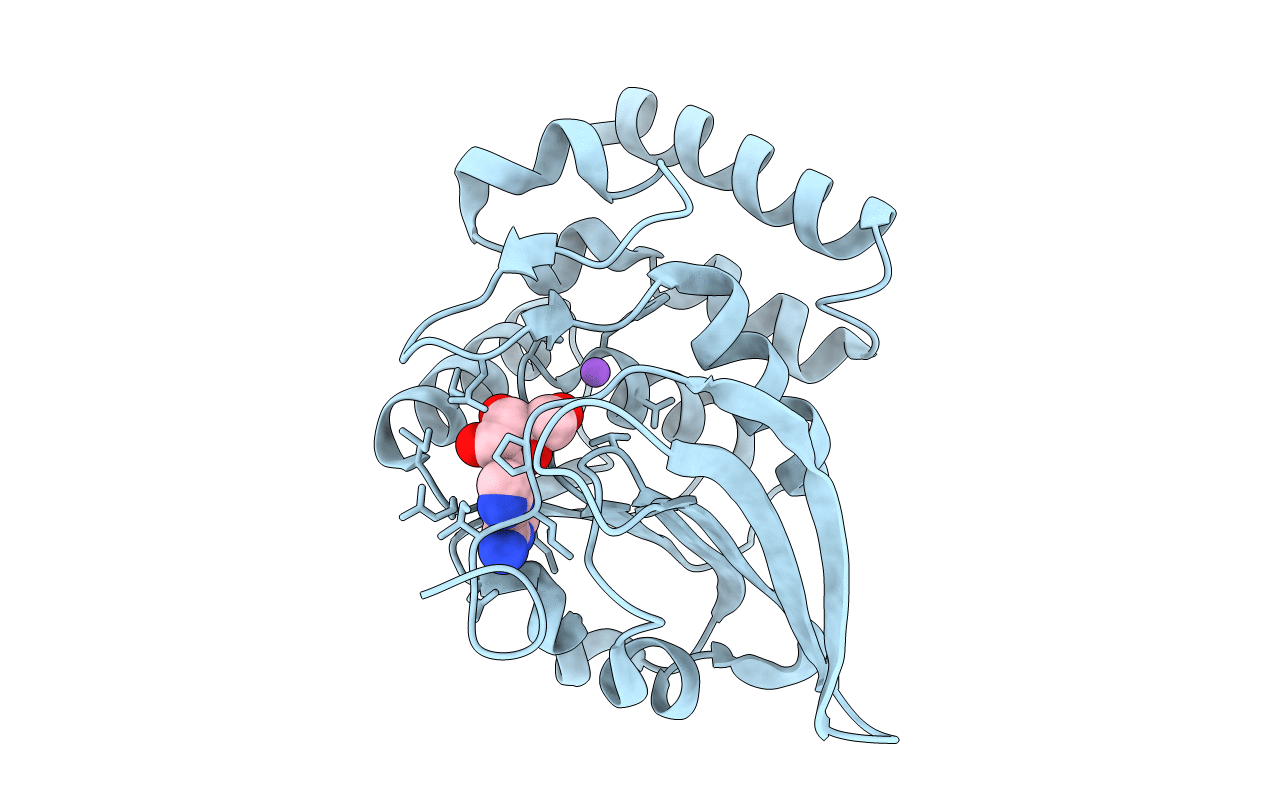
Deposition Date
2001-06-22
Release Date
2001-11-16
Last Version Date
2024-02-07
Entry Detail
PDB ID:
1JG2
Keywords:
Title:
Crystal Structure of L-isoaspartyl (D-aspartyl) O-methyltransferase with adenosine
Biological Source:
Source Organism:
Pyrococcus furiosus (Taxon ID: 2261)
Host Organism:
Method Details:
Experimental Method:
Resolution:
1.50 Å
R-Value Free:
0.23
R-Value Work:
0.22
R-Value Observed:
0.22
Space Group:
P 21 21 21


